
The ISTE Standards for Coaches 2a, “Pursue professional learning that deepens expertise in the ISTE Standards in order to serve as a model for educators and leaders,” focuses on the importance of understanding the ISTE Standards themselves as an educator.
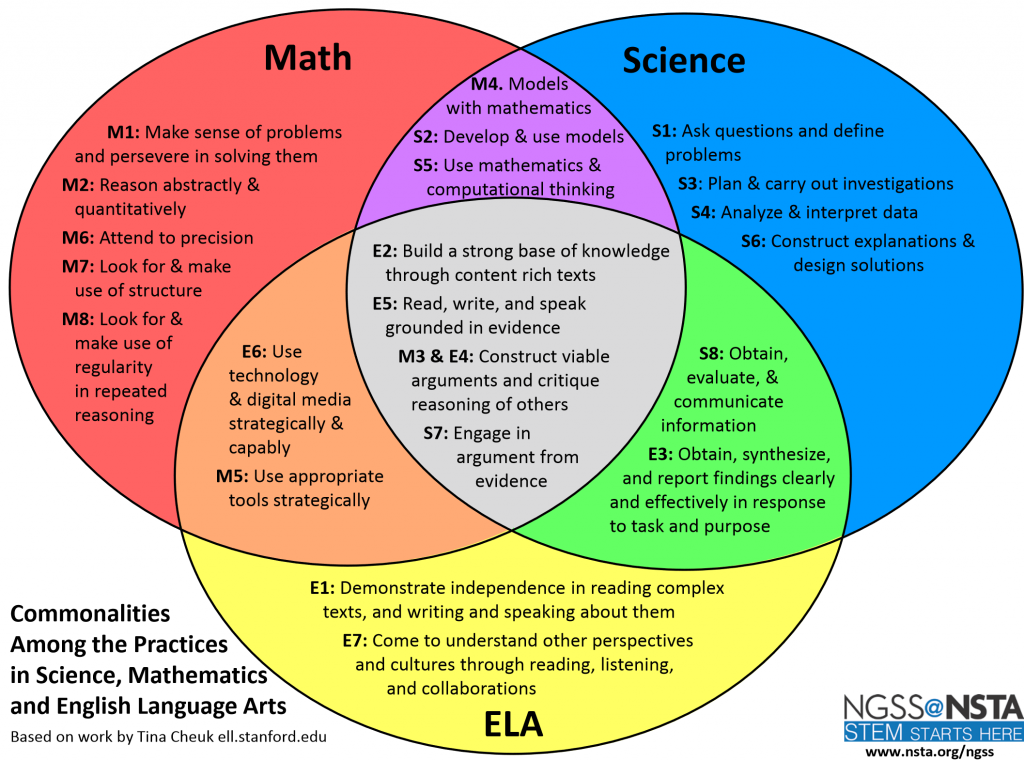
Source: Setting the Standard for Student Empowerment
Evidence: “The ISTE (International Society for Technology in Education) standards provide a solid foundation for planning, measuring, implementing, and evaluating student learning across the subject area of technology. The 2016 iteration provides seven overarching standards for technology instruction. In ISTE’s own words, “The ISTE standards provide a support framework across the grades and for all subject areas that serve as a groundwork for what’s possible in learning using technology.” There’s a lot to learn throughout these standards, so it’s helpful to focus on and ask questions about each standard one at time. In this case, let’s focus on ISTE standard 1 and student empowerment.”
Explanation: The ISTE student standards provide a framework that can serve as a model for educators while requiring a lot of learning to develop expertise that comes only with the pursuit of professional development.
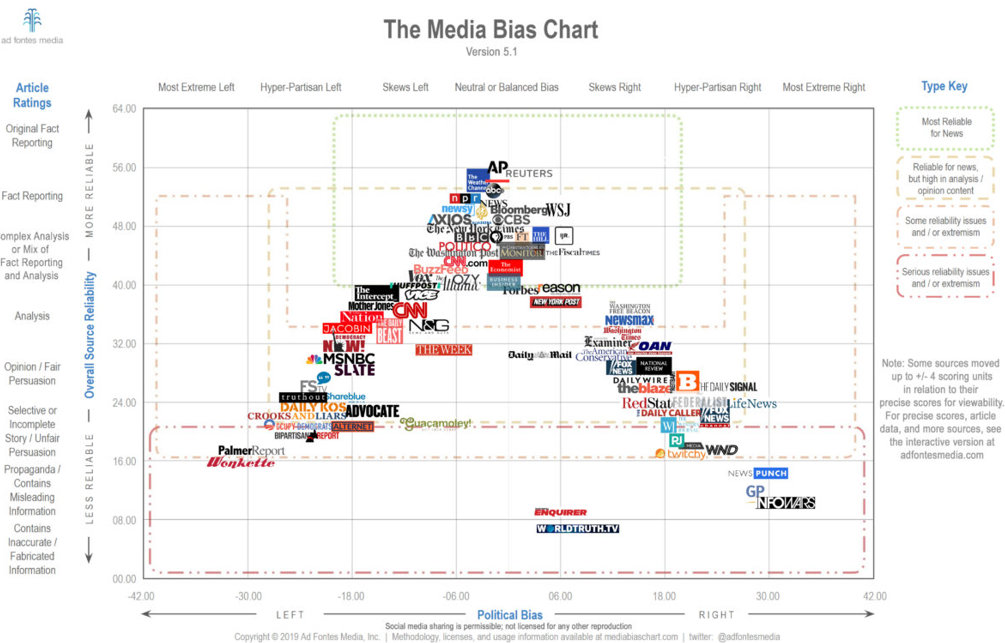
Source: Educating Students on Faux News in the “Fake News” Era
Evidence: “Being able to “critically curate a variety of resources” requires a variety of research-focused abilities: knowing how to conduct online searches, being able to determine the authenticity of websites and online information sources, analyzing the accuracy of the information itself as presented, understanding how to conduct the verification process, and being able to appropriately cite resources. ISTE Standard 3 provides guidelines for teaching these concepts as well as communicating the need for students to be technically capable enough to organize the information via a curation process and worldly enough to engage in content with a real-world context.”
Explanation: Through professional learning that deepens expertise in how to educate students in the modern online era, ISTE standards play a critical role for guiding model lessons in content curation and digital citizenship.

Source: Encoding Creative Communication
Evidence: “Communication, Collaboration, Critical Thinking, and Creativity are often referred to as the 4 C’s of 21st Century Learning. These so-called “soft skills” are different from the “hard skills” of math and science” but essential for success in applying math, science, engineering, and technology in our modern society and, arguably, harder to teach. The Battelle Foundation’s Partnership for 21st Century Learning highlights these 4 C’s throughout its “Framework for 21st Century Learning Definitions”. Another organization in this space, the International Society for Technology in Education (ISTE), provides us with multiple references to these modern “soft” skills throughout the ISTE standards. One example is ISTE standard 6, Creative Communicator, which addresses all of these in one standard for students.”
Explanation: ISTE standards have a role to play in both digital and STEM instruction settings by providing a model for deepening expertise in regard to 21st Century Skills critical to the successful application of any traditional “hard” skilled topics.

Source: Technology Standards and Tools for Teachers
Evidence: “One of the more unique aspects of the International Society for Technology in Education (ISTE) standards is the creation of not just teaching standards, but instructional standards that apply to teachers themselves. My initial reaction when I first heard this was probably similar to many educators: why? I have enough on my plate already and I don’t need another group of standards that apply to me in addition to my students. While I still agree with this statement depending on the timing, I also think that, for those that have the bandwidth to focus on professional development, the ISTE Educator Standards can provide helpful guidelines for personal growth. At this unique time in education, a good area to grow is around learning to collaborate online.”
Explanation: In order to grow as professionals in a self-reflective way and meta-cognitive manner, teachers can deepen their expertise by using the ISTE standards for educators as an instructional model and guide for self evaluation.

Source: Technology Standards and Tools for Teachers
Evidence: “One of the things that I like about this standard [ISTE Educator Standard 4] is the inclusion of students as potential collaborators for educators. We are charged with educating all of the students that come through our door, whether physical or virtual, but we also have so much that we can learn from these students. One concept that I used to explain to my students in September was that my job was to figure out what unique thing each of them had to teach me, and then learn from them over the course of the year. When we become co-learners with our students and learn with them as the “chief learner” in the classroom, then we are able to try out lesson ideas that wouldn’t normally work because we’ve modeled that we don’t know everything and that learning together is important. With this in mind, I’d like to focus on the second component of ISTE Educator Standard 4, because when learning something so entirely new such as online learning there is no way to successfully accomplish this without our students help so we need to be able to collaborate, co-learn, discover, diagnose, and troubleshoot together.”
Explanation: The ISTE standards help deepen expertise by encouraging educators to look at traditional learning sources in new and unique ways as well as at new and unique learning sources. Students have plenty to teach us all and are a powerful resource for teachers’ own professional learning when the lessons are couched in the ISTE standards.
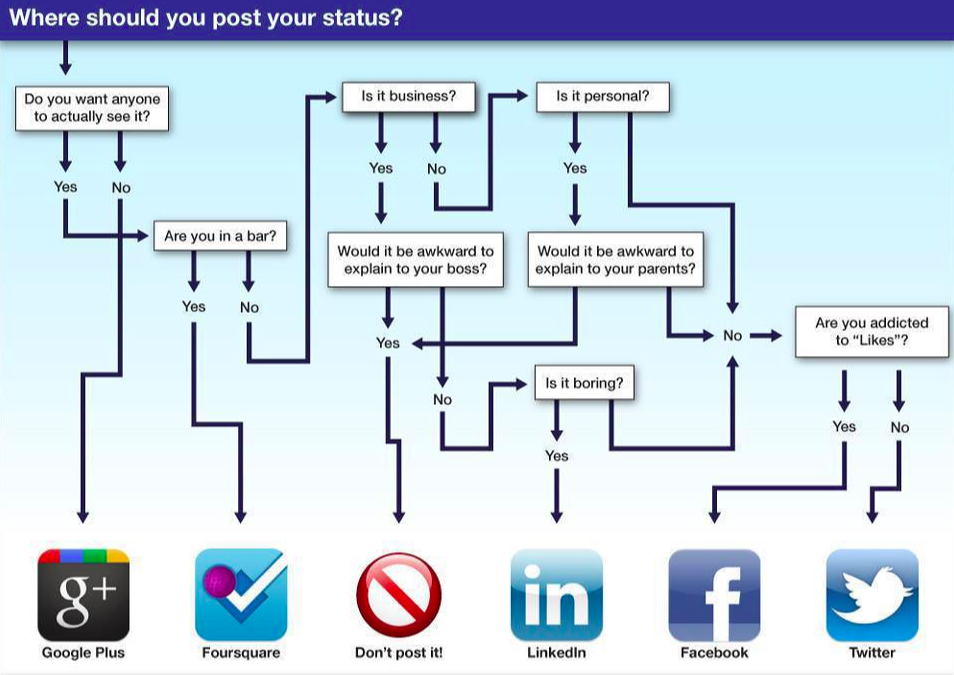
Source: Linking In to Professional Networks for Educators
Evidence: “The International Society for Technology Education provides educator standards that can help guide teachers and educational professionals in their teaching craft as well as their overall professional development. ISTE Educator Standard 1 addresses setting professional learning goals, actively participating in learning networks, and staying current with research. All three of those components can be addressed successfully via LinkedIn.”
Explanation: The ISTE standards provide a virtual roadmap and model for deepening expertise via professional learning, whether through shared goals, professional learning networks, utilizing current research, or otherwise.
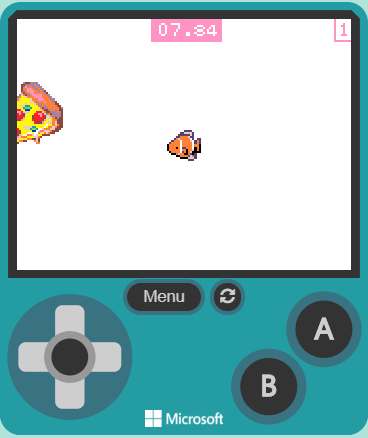
Source: Gaming the Educational System
Evidence: “ISTE Educator Standard 5, Designer, provides good guidance for educators in terms of focusing on designing authentic, learner-driven experiences. By focusing on supporting student learning and learner engagement and then matching that with something like game-based learning and gamification, educators can create digital learning environments that explore and apply instructional design principles in truly innovative ways. This type of unique approach can both increase intrinsic motivation and overall student learning at the same time.”
Explanation: ISTE educator standards provide a means for teachers to develop their own instructional practices through effective self reflection and application of standards focused on the teacher side of the learning equation. This professional learning through the study of educator standards provides a model for pedagogical practices such as designing authentic, learner-driven experiences.

Source: Open Sourcing Education
Evidence: “ISTE Educator Standard 6 describes how educators can facilitate learning with technology by managing use in regard to student learning strategies in digital platforms and virtual environments. There is a strong connection between this standards language and utilizing an Open Education Resource. Online OERs provide accessible digital content for students in a virtual environment that teachers can scaffold, adapt, and leverage for both classwide and individualized learning.”
Explanation: Professional learning when pursued through the lens of ISTE standards in regard to digital platforms such as Open Education Resources provide unique ways to deepen expertise and identify instructional models.
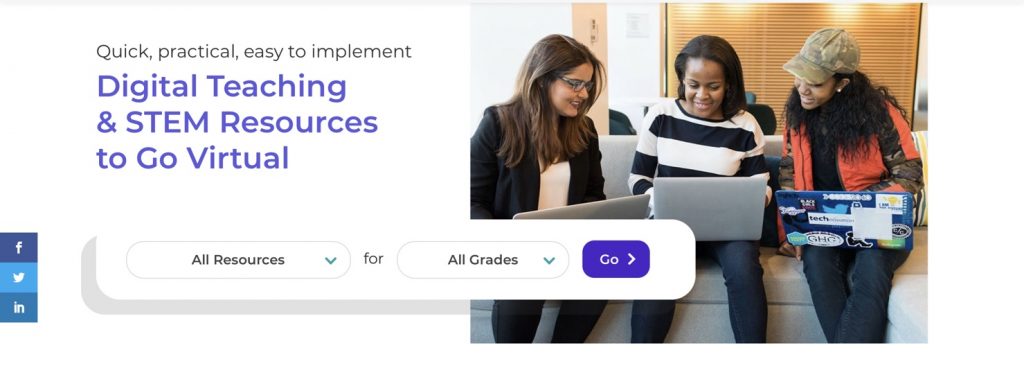
Source: Open Education Resources in Action
Evidence: “The components of ISTE Coaching Standard 4 lend themselves to supporting development and implementation of Open Education Resources. Component 1 is especially strong in this area because of the emphasis on collaborating with educators to develop authentic, active learning experiences. Any efforts to develop resources for teachers should be done in conjunction with current classroom practitioners. Such an informed approach ensures real and relevant content that fosters student agency, deepens content mastery, and truly allows students to demonstrate their competency.”
Explanation: While the topic is ISTE Coaching Standard 4, the focus is on pursuing professional learning that deepens expertise via Open Education Resources as modeled by the ISTE standards.

